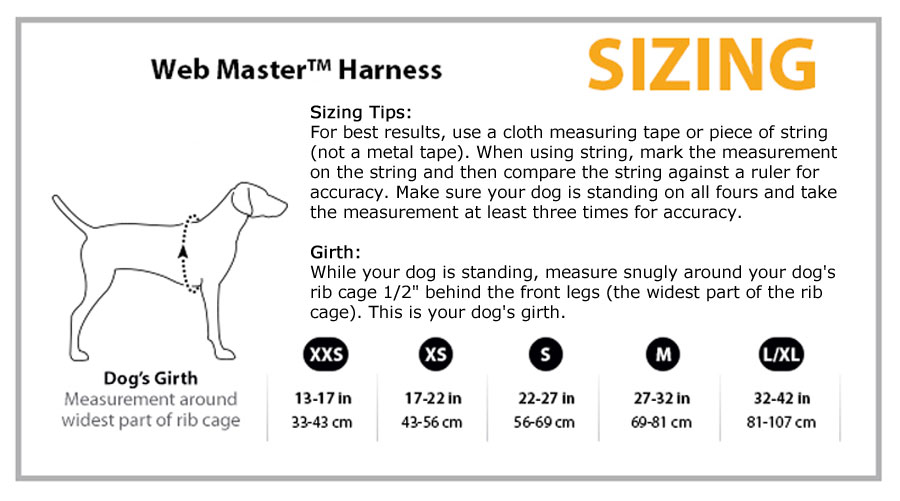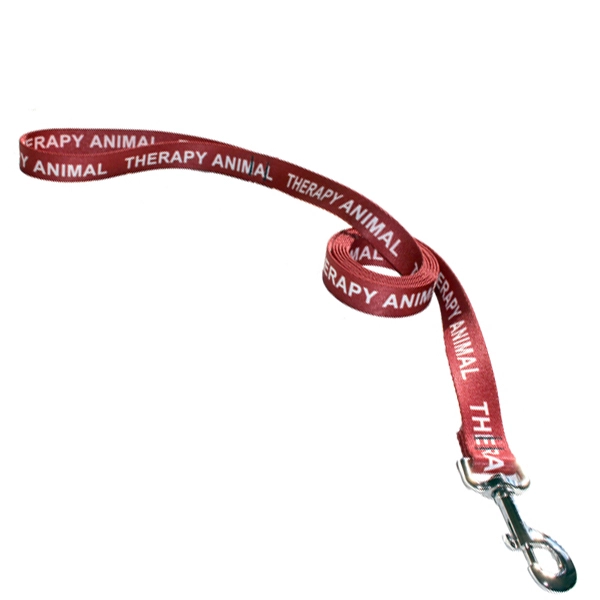
Flying can be overwhelming for anyone — crowds, long lines, noise, tight spaces — but if you’re managing PTSD, panic disorder, major anxiety, or another psychiatric condition, the airport can feel like a minefield. That’s exactly why many people rely on a Psychiatric Service Dog (PSD).
But here’s the thing: even a well-trained PSD isn’t automatically ready for the chaos of modern air travel. Preparing ahead of time makes the experience safer, smoother, and far less stressful for both you and your dog.
This guide breaks down everything you need to know for 2025 air travel rules, including documentation, training expectations, airport procedures, and how to help your PSD stay calm in-flight.
🔗 Jump to a Section
- Understanding PSD Air Travel Rules (2025 Update)
- Documents You’ll Need Before Flying
- Training Your PSD for Air Travel
- At the Airport: What to Expect
- During the Flight
- After Landing
- FAQs About Flying With PSDs
- The Bottom Line
Understanding PSD Air Travel Rules (2025 Update)
In early 2021, the U.S. Department of Transportation (DOT) changed the rules for animals on airplanes — and those rules still guide airlines today.
Here’s the simplest way to put it:
✈️ What airlines must accept
Airlines are legally required to accept Psychiatric Service Dogs if:
- They’re trained to perform tasks related to a disability
- They behave appropriately in public
- You submit the required DOT Service Animal Forms
🐶 What airlines no longer accept
Airlines are not required to accept Emotional Support Animals (ESAs) for free, that is. Only task-trained service dogs qualify — and the airline will treat ESAs as pets. ESAs can fly, following the airlines’ pet policies and procedures.
✍️ DOT Forms You’ll Complete
Most airlines now require:
- DOT Service Animal Air Transportation Form
- Sometimes: DOT Relief Attestation Form (for flights longer than 8 hours)
These forms confirm:
- Your PSD is fully trained
- Your dog can behave safely in airports and cabins
- Your dog will not need to relieve itself mid-flight
Many travelers don’t realize this until the day of their flight, which leads to panic and last-minute cancellations. Preparing ahead avoids that mess entirely.
How you submit this form to the airline may differ depending on the airline you’re flying with. Please contact the airline directly or google how you submit these forms with each airline.
Documents You’ll Need Before Flying
Every airline is slightly different, but the following documents are universal across the U.S. in 2025:
📄 1. DOT Service Animal Air Transportation Form
This is your “main document” — think of it like your PSD’s boarding pass.
📝 2. DOT Relief Attestation (if required)
Required for flights 8+ hours.
💉 3. Proof of Vaccination & Health
Most international airlines will ask for updated vaccinations. Some request a recent veterinary health certificate, but these are not required for domestic travel within the U.S.
4. Optional but Helpful: PSD ID & Registration Materials
While not required by law, these items prevent a lot of awkwardness at security and gates:
- PSD ID card
- Vest or harness with “Service Dog” patches
- NSAR training certificate (optional but helpful)
Airline staff don’t always know the law. Having visible identification makes everything smoother.
📌 Important Note
There is no legal registry for service dogs — but clear, professional documentation from NSAR helps staff quickly recognize your PSD’s role and reduces questions.

Training Your PSD for Air Travel
Even if your dog is solid in public, the airport is a different world. You’ll want to make sure your PSD is prepared for:
- Crowds
- Rolling luggage
- Loudspeaker announcements
- TSA screening
- Long periods under the seat
- Narrow walkways and tight rows
- Takeoff/landing pressure changes
Here’s how to prepare:
🐾 1. Practice “Under”
Your PSD should comfortably lie under your legs or under a chair for extended time. Use restaurants or cafés for practice.
🐕 2. Noise Desensitization
Play airport sounds (e.g., baggage carts, intercoms, jet engines) at gradually increasing volume while your PSD stays relaxed.
🚶 3. Tight-Space Walking
Practice walking slowly through narrow spaces — like between grocery aisles or between chairs.
👥 4. People & Distraction Training
Your PSD must ignore:
- Food
- Children
- Other dogs
- TSA officers
- Rolling suitcases
A PSD sniffing people or lunging toward food is a red flag for airline staff.
🤲 5. Task Training Tune-Up
Your dog should be fluent in your psychiatric support tasks such as:
- Deep pressure therapy
- Panic interruption
- Grounding during dissociation
- Blocking/creating space in crowds
- Medication retrieval
Airlines may ask about your tasks; they may not require demonstrations, but they do have the right to verify your dog’s training verbally.
At the Airport: What to Expect
Every airport is slightly different, but most follow the same flow.
🛂 1. Check-In
This is where gate agents may ask:
- “Is this a service dog required because of a disability?”
- “What tasks is your dog trained to perform?”
Your answers should be calm and concise.
🔍 2. TSA Screening
You’ll walk through the scanner first.
Your PSD will follow on a leash — not through the X-ray belt.
TSA will:
- Ask you to wait
- Ask your dog to walk through
- Possibly swab your hands for explosives
⏳ 3. Waiting at the Gate
Use this time to:
- Offer water (not too much)
- Give your PSD a chance to bathroom before boarding
- Do one or two grounding tasks to keep calm
✈️ 4. Boarding
Service dogs usually board with priority groups.
Let agents know you need a moment to get settled. They are generally helpful if you communicate clearly.
During the Flight
Once onboard:
🐕 Keep Your PSD in “Under” Position
Your PSD must remain:
- Under your seat
- At your feet
- Or in your lap only if small enough (airlines vary)
💧 Keep Hydration Controlled
Give small amounts of water — enough to stay comfortable but not so much they need to relieve themselves.
🎧 Ground Yourself & Your PSD
If your PSD performs anxiety or grounding tasks, cue them as needed. Flights can trigger symptoms at unexpected times — that’s what your PSD is there for.
🧘 Stay Calm
Your dog mirrors your energy. The calmer you remain, the calmer your PSD will be.
After Landing
When the plane lands:
- Let other passengers pass to avoid crowding your PSD
- Offer water and praise
- Head to the nearest relief area (every airport must have one)
Your PSD may be overstimulated after hours of noise and confinement. Give them a few minutes to re-regulate.
FAQs About Flying With PSDs
Do airlines still allow ESAs?
No. Only trained service dogs qualify.
Can airlines ask for proof of training?
They can ask what tasks the dog performs, but they cannot demand training records.
Does my PSD need a vest?
Not legally — but it helps avoid confusion.
Can my PSD sit in an empty seat?
No. Service dogs cannot occupy seats.
What if someone on board is allergic or afraid of dogs?
Airlines usually rearrange the other passenger, not you.
The Bottom Line
Flying with a Psychiatric Service Dog can make travel dramatically safer and more manageable — but preparation is everything.
When your PSD is well-trained, properly documented, and ready for the airport environment, traveling becomes far smoother and far less stressful.
Your best move is to make sure:
- Your PSD is task-trained
- You have your DOT forms ready
- Your documentation is clear and professional
👉 If you need a legitimate PSD letter or registration materials to support your travel, NSAR can help you get fully prepared and compliant.
Travel confidently. You and your PSD are a team — and you’ve got this.























